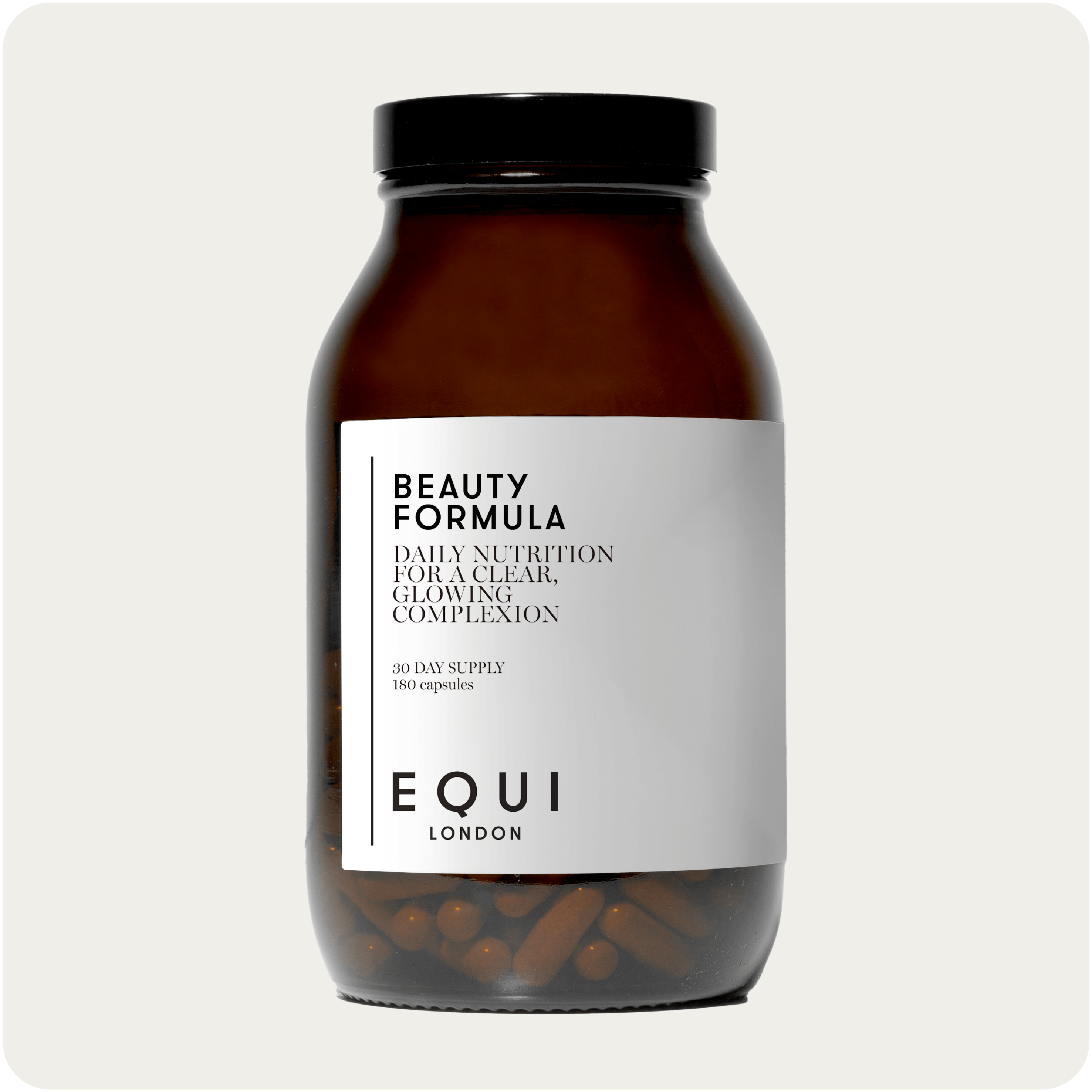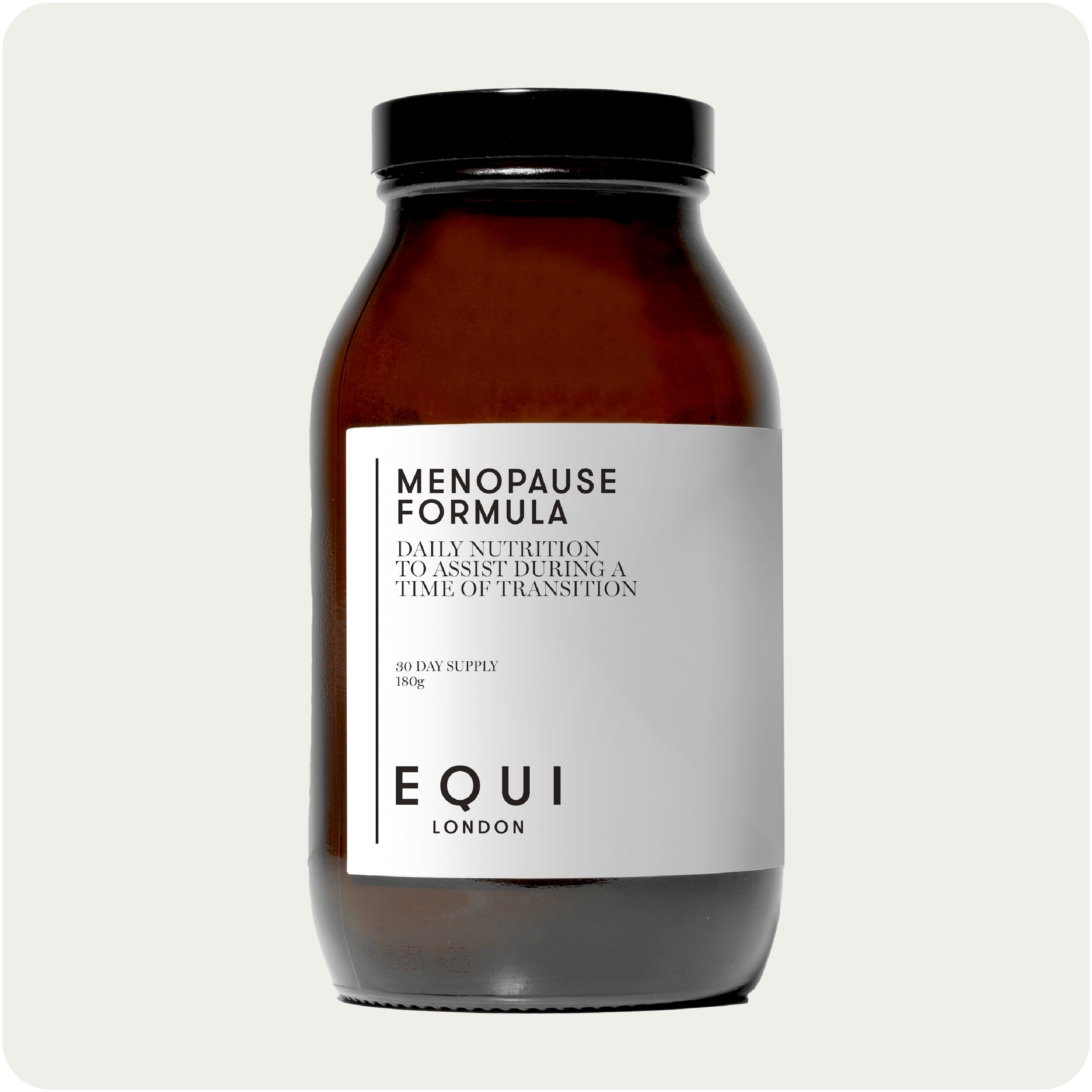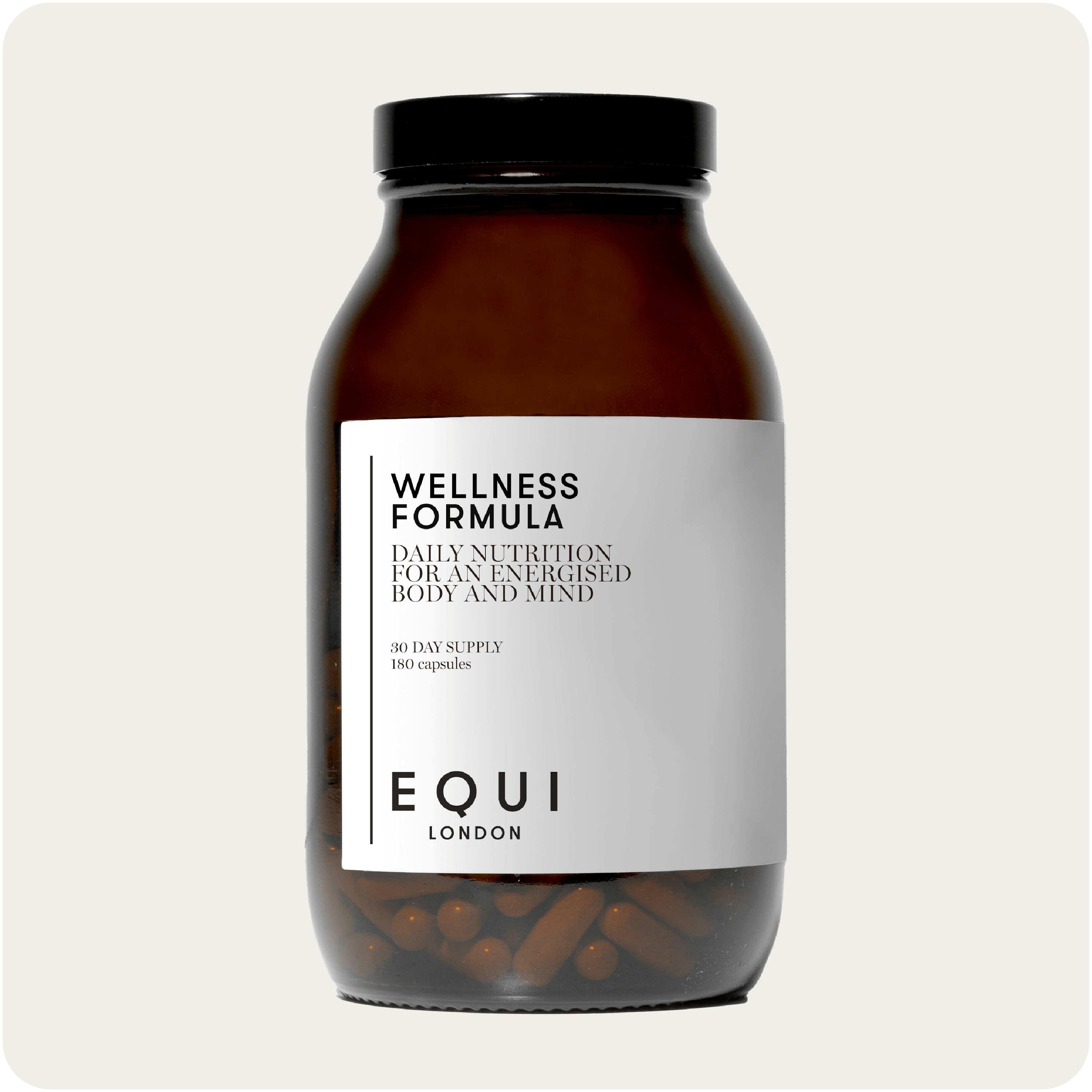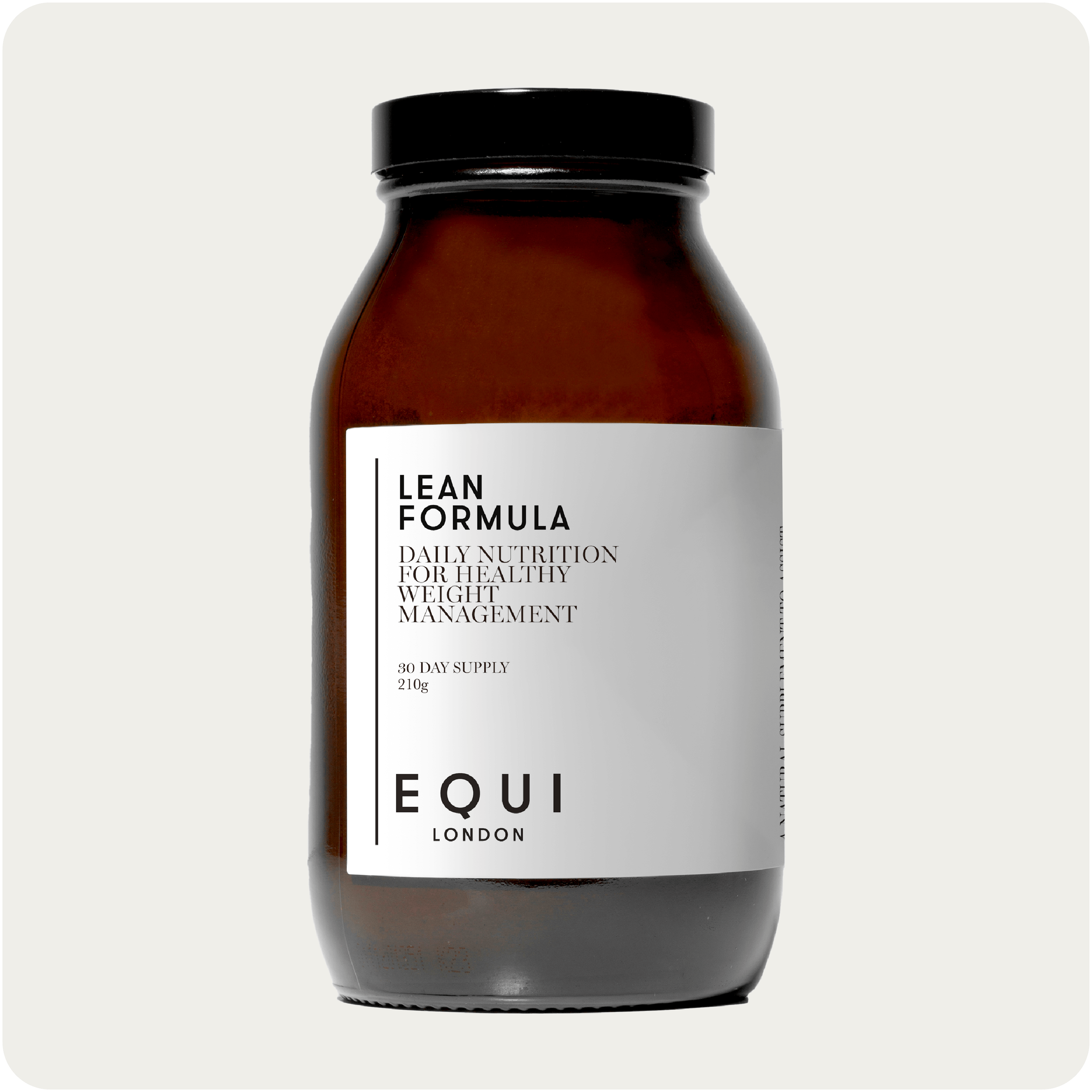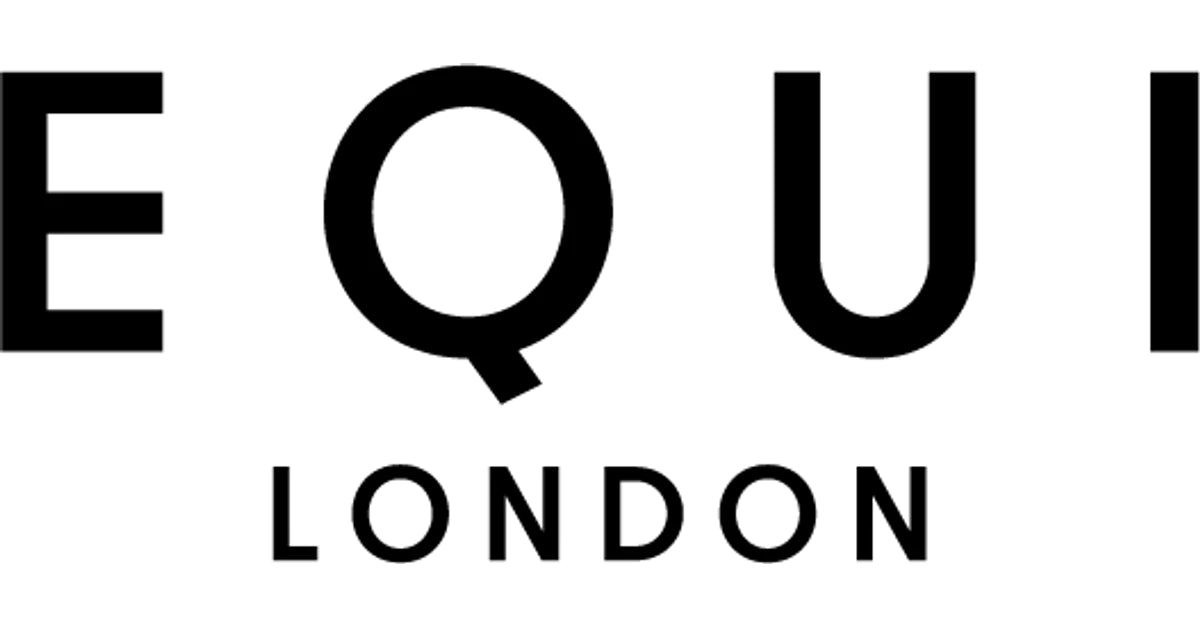
How Can what we eat impact Migraines?
If you’ve suffered with migraines before then you’ll know how debilitating they can be.
Disabling headaches alongside other symptoms including visual disturbances, nausea, and sensitivity to light, sounds and smells - they can really blindside us. Around 10 million people aged 15-69 in the UK (1) suffer from migraines and approximately 3 billion individuals globally (2), with a higher prevalence among women (3). Despite how common migraines are, conventional treatment such as medications or lifestyle strategies remain only partially beneficial, and many people remain unaware of the other possible treatments available.
This week we wanted to tell you more about the proven dietary interventions that may improve the quality of life in those that suffer with migraines (4). It’s believed that diet helps in a variety of ways such as supporting the gut microbiome, supporting brain function, and reducing inflammation. There is also evidence that vitamin deficiencies and certain foods can trigger migraine attacks and there are also links with menstrual cycle. So to help unpick this, we are looking in detail at what some of these triggers are and what we might be able to do to help reduce the frequency and severity of migraines.
Trigger Foods For Migraines
Certain types of foods and beverages may act as headache triggers including cheese, chocolate, citrus fruit, alcohol, coffee, tomatoes, yeast-containing products, and all alcohol, especially aged and fortified wines (5). There does seem to be some evidence for the link between these foods, which are high in histamine and migraines. A small study saw a reduction of headache attacks in patients that followed a histamine-free diet for 4 weeks (6). It is hypothesised that because histamine interacts with the nervous system it may modulate the migraine response (7).
As the trigger foods vary considerably among migraine patients and are hard to evaluate (read on for how hormones are linked here) evidence is limited for eliminating these foods completely, but it could be beneficial to explore with a Nutritional Therapist, especially if you notice these foods being triggers for you.
One thing to note is that magnesium (green leafy veg, beans, nuts, pulses) vitamin C (berries, vegetables of all kinds) and zinc (meat, fish, sunflower seeds and seafood) are all needed to break down histamine, so it’s worth topping up on these foods if you’re suffering. A cup of Tulsi tea can also help with histamine breakdown, as can ginger and turmeric.
Migraines and Your Menstrual Cycle
Ever notice that you suffer with migraines every month, around the same phase of your cycle?
Migraines are more likely to be experienced in women and occur more frequently in the days just before or during menstruation. They usually improve during pregnancy and after the menopause.
According to most studies, menstrual migraine attacks last longer, are more severe and more likely to relapse (often at the same time each month) than non-menstrual attacks. They also found that menstrual migraines are accompanied by nausea and vomiting (18). Evidence suggests that there is a relationship between migraines and changing levels of oestrogen (19). What is really interesting is that this can be linked with histamine, because oestrogen impacts how well our bodies naturally break down histamine via an enzyme called Di-amine oxidase (DAO). This might mean that you can tolerate histamine better at some times in the month than others.. which could explain why a glass of wine and a cheese board is sometimes ok, other times not so much!
Interestingly, one study highlighted a strong link between menstrual migraines and magnesium deficiency in women (20), supporting the use of magnesium supplementation in women. This might be because magnesium helps us to break down histamine.
It can also be useful to track patterns in the menstrual cycle alongside migraine attacks to get a better understanding of what the triggers might be. To find out how you can support hormone balance and normal oestrogen levels, head to our recent blog post.
Which Vitamins Can Help With Migraines?
Studies have shown that folate (B9) supplementation is beneficial for migraines (8). Good sources of folate include dark green leafy veg like kale and broccoli, beetroot pulses such as lentils and chickpeas and liver (not recommended during pregnancy). In addition, a deficiency in B6 and B12 may trigger migraines (9). Sources of B6 and B12 include meat, poultry, liver, fish, milk, cheese, eggs, as well as some vegetables including legumes, sweet potato, and peas (for B6). Another recent study found that supplementing vitamin D3 reduced migraine frequency (10). In addition, magnesium plays an important role in migraine prevention. As a cofactor in over 300 enzymes, magnesium is a key nutrient responsible for many functions including supporting normal nerve function. One study found that supplementing magnesium in patients with migraines resulted in a significant decrease in attack frequency and severity (11). As it can be hard to meet the daily recommended intake of magnesium from foods alone, it’s an important nutrient to include in your daily multi-vitamin. Bathing in Epsom salt baths are also worth trying, as these also aid hormone balance owing to the sulphur found within.
Could My Gut Be Linked To My Migraines?
Migraines are often accompanied by gastrointestinal symptoms such as indigestion, nausea, vomiting, and bowel disturbances (12). A link has been found between headaches and those with gastrointestinal issues (13), whilst migraines have been shown to be associated with IBD and celiac disease (14). More recently, the gut-brain relationship has been shown to influence the onset of migraines. It is believed that due to intestinal permeability within the gut, inflammatory substances may trigger migraine-like attacks (15). In addition to this, the gut microbiome, which is the community of microbes living in the gut, also plays a role in the gut-brain link and may be linked with histamine breakdown.
This area begins to get a bit tricky for those who may be sensitive to histamine, because taking probiotics and eating fermented foods can encourage histamine levels in the body and actually be a trigger for headaches in some cases. If you suffer with digestive problems then it is worth chatting to a Nutritional Therapist about this, but some simple tips to help support digestion are to increase fibre intake from plant-based foods (vegetables, beans, pulses, seeds, nuts) and to eat polyphenol anti-oxidants such as pomegranate, flaxseed and berries. When it comes to probiotic supplement, strains such as Lactobacillus Rhamnosus, Lactobacillus Plantarum and Lactobacilus Reuteri seem to be safer options, as do Bifidobactrium Infanis and Bifidobactrium Longum, however research is limited here and it is important to remember that everyone is different. Overall evidence does show us that changes to the gut microbiota and inflammation reduction do have a positive impact on migraines (17).
Weight, Inflammation And Migraines
It was first suggested that weight may be linked with migraines following a study that found overweight and obese subjects were three and five times more likely respectively, to develop chronic daily headaches compared to normal weight individuals (21). A low-calorie, high protein ketogenic diet which induced weight loss resulted in a decrease of headache frequency (22). Alongside obesity, high blood pressure, insulin resistance and inflammation are seen amongst some patients that suffer with migraines. Migraine patients are significantly more likely to have diabetes, which indicates that insulin resistance may have something to do with this disorder (23). One study found higher blood glucose levels in headache patients and higher insulin levels in migraine patients (24). In addition, increased levels of inflammatory markers have been found in migraine patients (25). To help ‘mop up’ some of this inflammation seen in migraines, studies have shown that supplementation of vitamin C might help due to its antioxidant nature (26).
What’s The Best Diet To Reduce Migraines?
A recent review found that a ketogenic diet, which included high-folate (B9) foods and good levels of omega 3 showed beneficial effects on migraines (27). The ketogenic diet is characterised with an emphasis on high protein and low carbohydrates, which induces fasting and the production of ketone bodies that help in migraine prevention. However, since the body’s preferred energy source is carbohydrates and consuming these is generally accepted as a healthy diet, ketogenic diets should not be considered a long-term solution in the management of migraines. Instead, a low glycaemic diet (low GL), which limits the consumption of white bread, refined sugar, chocolate, sweets pastries, white rice, root vegetables, fruit sweeteners such as honey or date syrup, high GL fruit such as watermelon and sugary drinks could be considered. Low glycaemic carbohydrates include vegetables, legumes, fruit, and high fibre wholegrains and can still be consumed in this diet. A 2018 study reported a reduced frequency of attacks after one month and reduced headache intensity after 3 months in patients following a low GL diet (28). Balancing blood sugar levels will also have beneficial effects in relation to hormone balance too. In addition to these studies, there is evidence that various types of fats effect migraines differently – in some study, after 12 weeks on a high omega 3 diet, patients showed a higher headache improvement (29), highlighting that there is evidence in favour of supplementing this. Good food sources of omega 3 include oily fish, chia seeds, hemp seeds and flaxseed.
On balance, we suggest that a balanced, wholefood rich diet that includes complex carbohydrates, lean protein and ideally low GL with good amounts of omega 3 is a good place to start.
To sum up:
- Track your migraines and note if they match with your cycle
- Consider getting more magnesium into your diet through food and supplements
- Note whether histamine rich foods make migraines worse, and if this also links back to your cycle. If you cut them back, does it help?
- Consider working on your gut health, by eating more fibre and polyphenol anti-oxidants.
- Cut back processed, refined foods and those that are burnt, charred or contain chemicals or additives, because these not only trigger histamine but also can lead to inflammation.
- Omega 3, folate, magnesium, vitamin C and zinc are all key things to get into the diet regularly, and supplementing with these can also help.
- Eat a low GI diet and limit refined, white carbs and sugar to keep blood sugar balanced. This also helps with staying at a healthy weight, something else that can help with migraines.
References
- NHS, 2020 - https://www.england.nhs.uk/2020/01/improved-nhs-migraine-care/
- Stovner, L. Nichols, E. Steiner, T. Abd-Allah, F. Abdelalim, A. Al-Raddadi, R. Ansha, M. Barac, A. Bensenor, I. Doan, L. Edessa, D. Endres, M. Foreman, K. Gankpe, F. Gopalkrishna, G. Goulart, A. Gupta, R. Hankey, G. Hay, S. Hegazy, M. Hilawe, E. Kasaeian, A. Kassa, D. Khalil, I. Khang, Y. Khubchandan, J. Kim, Y. Kokubo, Y. Mohammed, M. Moradi-Lakeh, M. Nguyen, H. Nirayo, Y. Qorbani, M. Ranta, A. Roba, K. Safiri, S. Santos, I. Satpathy, M. Sawhney, M. Shiferaw, M. Shiue, I. Smith, M. Szoeke, C. Truong, N. Venketasubramanian, N. weldegwergs, K. Westerman, R. Wijeratne, T. Tran, B. Yonemoto, N. Feigin, V. Vos, T. and Murray, C. (2018). ‘Global, regional, and national burden of migraine and tension-type headache, 1990–2016: a systematic analysis for the Global Burden of Disease Study 2016’. The Lancet Neurology, 17(11), pp.954-976.
- Talarska, D. Zgorzalewicz-Stachowiak, M. Michalak, M. Czajkowska, A. and Hudaś, K. (2014). ’Functioning of Women with Migraine Headaches’. The Scientific World Journal, 2014, pp.1-8.
- Gazerani, P. (2020). ‘Migraine and Diet’. Nutrients, 12(6), p.1658.
- Finocchi, C. and Sivori, G, (2012). ‘Food as trigger and aggravating factor of migraine’. Neurological Sciences, 33(S1), pp.77-80.
- Wantke, F., Götz, M. and Jarisch, R. (1993). ‘Histamine-free diet: treatment of choice for histamine-induced food intolerance and supporting treatment for chronical headaches’. Clinical and Experimental Allergy: Journal of the British Society for Allergy and Clinical Immunology., 23(12), pp.982-985.
- Yuan, H. and Silberstein, S. (2017). ‘Histamine and Migraine’. Headache: The Journal of Head and Face Pain, 58(1), pp.184-193.
- Askari, G. Nasiri, M. Mozaffari-Khosravi, H. Rezaie, M. Bagheri-Bidakhavidi, M. and Sadeghi, O., (2017). ‘The effects of folic acid and pyridoxine supplementation on characteristics of migraine attacks in migraine patients with aura: A double-blind, randomized placebo-controlled, clinical trial’. Nutrition, 38, pp.74-79.
- Meijers, J. van Bokhorst-de van der Schueren, M. Schols, J. Soeters, P. and Halfens, R. (2010). ‘Defining malnutrition: Mission or mission impossible?’. Nutrition, 26(4), pp.432-440.
- Gazerani, P. Fuglsang, R. Pedersen, J. Sørensen, J., Kjeldsen, J. Yassin, H. and Nedergaard, B. (2018). ‘A randomized, double-blinded, placebo-controlled, parallel trial of vitamin D3 supplementation in adult patients with migraine’. Current Medical Research and Opinion, 35(4), pp.715-723.
- Koseoglu E, Talashoglu A, Gonul AS, Kula M. (2008). ‘The effects of magnesium prophylaxis in migraine without aura’. Magnesium Research. 21, pp. 101–8
- Gazerani, P. Fuglsang, R., Pedersen, J., Sørensen, J., Kjeldsen, J., Yassin, H. and Nedergaard, B., 2018. A randomized, double-blinded, placebo-controlled, parallel trial of vitamin D3 supplementation in adult patients with migraine. Current Medical Research and Opinion, 35(4), pp.715-723.
- Cámara-Lemarroy, C. Rodriguez-Gutierrez, R. Monreal-Robles, R. and Marfil-Rivera, A. (2016). ‘Gastrointestinal disorders associated with migraine: A comprehensive review’. World Journal of Gastroenterology, 22(36), p.8149.
- Dimitrova, A. Ungaro, R. Lebwohl, B. Lewis, S. Tennyson, C. Green, M. Babyatsky, M. and Green, P. (2012). ’Prevalence of Migraine in Patients With Celiac Disease and Inflammatory Bowel Disease’. Headache: The Journal of Head and Face Pain, 53(2), pp.344-355.
- Galland, L. (2014). ‘The Gut Microbiome and the Brain’. Journal of Medicinal Food, 17(12), pp.1261-1272.
- Naghibi, M. Day, R. Stone, S. and Harper, A. (2019). ‘Probiotics for the Prophylaxis of Migraine: A Systematic Review of Randomized Placebo Controlled Trials’. Journal of Clinical Medicine, 8(9), p.1441.
- Gazerani, P. (2020). ‘Migraine and Diet’. Nutrients, 12(6), p.1658.
- Sacco, S. Ricci, S. Degan, D. and Carolei, A. (2012). ‘Migraine in women: the role of hormones and their impact on vascular diseases’. The Journal of Headache and Pain, 13(3), pp.177-189.
- MacGregor, E.A. Frith, A. Ellis, J. Aspinall, L. Hackshaw, A. (2006). ‘Incidence of migraine relative to menstrual cycle phases of rising and falling estrogen’. Neurology. 67(12), pp. 2154-8.
- Mauskop A, Altura BT, Altura BM. (2002). ‘Serum ionized magnesium levels and serum ionized calcium/ionized magnesium ratios in women with menstrual migraine’. Headache. 42, pp. 242–8.
- Bigal, M.E. Rapoport, A.M. (2012). ‘Obesity and chronic daily headache’. Current Pain and Headache Reports. 16(1), pp.101-9.Di Lorenzo, C. Coppola, G. Sirianni, G. Di Lorenzo, G. Bracagli, M. Di Lenola, D. Siracusano, A. Rossi, P. Pierelli, F. (2015). ‘Migraine improvement during short lasting ketogenesis: a proof-of-concept study’. European Journal of Neurology. 22(1), pp. 170-7
- Sachdev, A. and Marmura, M.J. (2012). ‘Metabolic Syndrome and migraine’. Frontiers in Neurology, 3 (161).
- Cavestro, C. Rosatello, A. Micca, G. Ravotto, M. Marino, MP. Asteggiano, G. Beghi, E. (2007). ‘Insulin metabolism is altered in migraineurs: a new pathogenic mechanism for migraine?’ Headache. 47(10), pp. 1436-42.
- Fusayasu, E. Kowa, H. Takeshima, T. Nakaso, K. Nakashima, K. (2007). ‘Increased plasma substance P and CGRP levels, and high ACE activity in migraineurs during headache-free periods’. Pain. 128(3), pp. 209-214.
- Shaik, M. and Gan, S. (2015). ‘Vitamin Supplementation as Possible Prophylactic Treatment against Migraine with Aura and Menstrual Migraine’. BioMed Research International, pp.1-10.
- Razeghi Jahromi, S. Ghorbani, Z. Martelletti, P. Lampl, C. Togha, M. (2019). ‘Association of diet and headache’. The journal of headache and pain, 20(1), pp. 106.
- Evcili, G. Utku, U. Öğün, M.N. Özdemir, G. (2018). ‘Early and long period follow-up results of low glycemic index diet for migraine prophylaxis’. The Journal of the Turkish Society of Algology, 30(1), pp. 8-11.
- Ramsden, C.E. Zamora, D. Makriyannis, A. Wood, J.T. Mann, J.D. Faurot, K.R. MacIntosh, B.A. Majchrzak-Hong, S.F. Gross, J.R. Courville, A.B. Davis, J.M. Hibbeln, J.R. (2015). ‘Diet-induced changes in n-3- and n-6-derived endocannabinoids and reductions in headache pain and psychological distress’. The Journal of Pain. 16(8), pp. 707-16.
Disclaimer: Certain supplements are used for different reasons and a one-size-fits-all approach shouldn’t be adopted. In addition, pregnant women and anyone on medication should always consult a doctor before embarking on a supplements programme. As with all articles on www.equilondon.com, this is no substitution for individual medical or nutritional advice.
